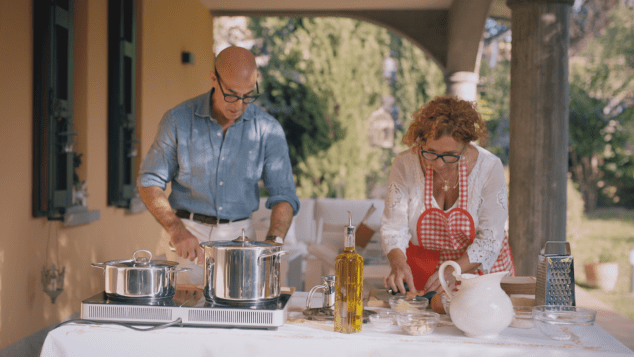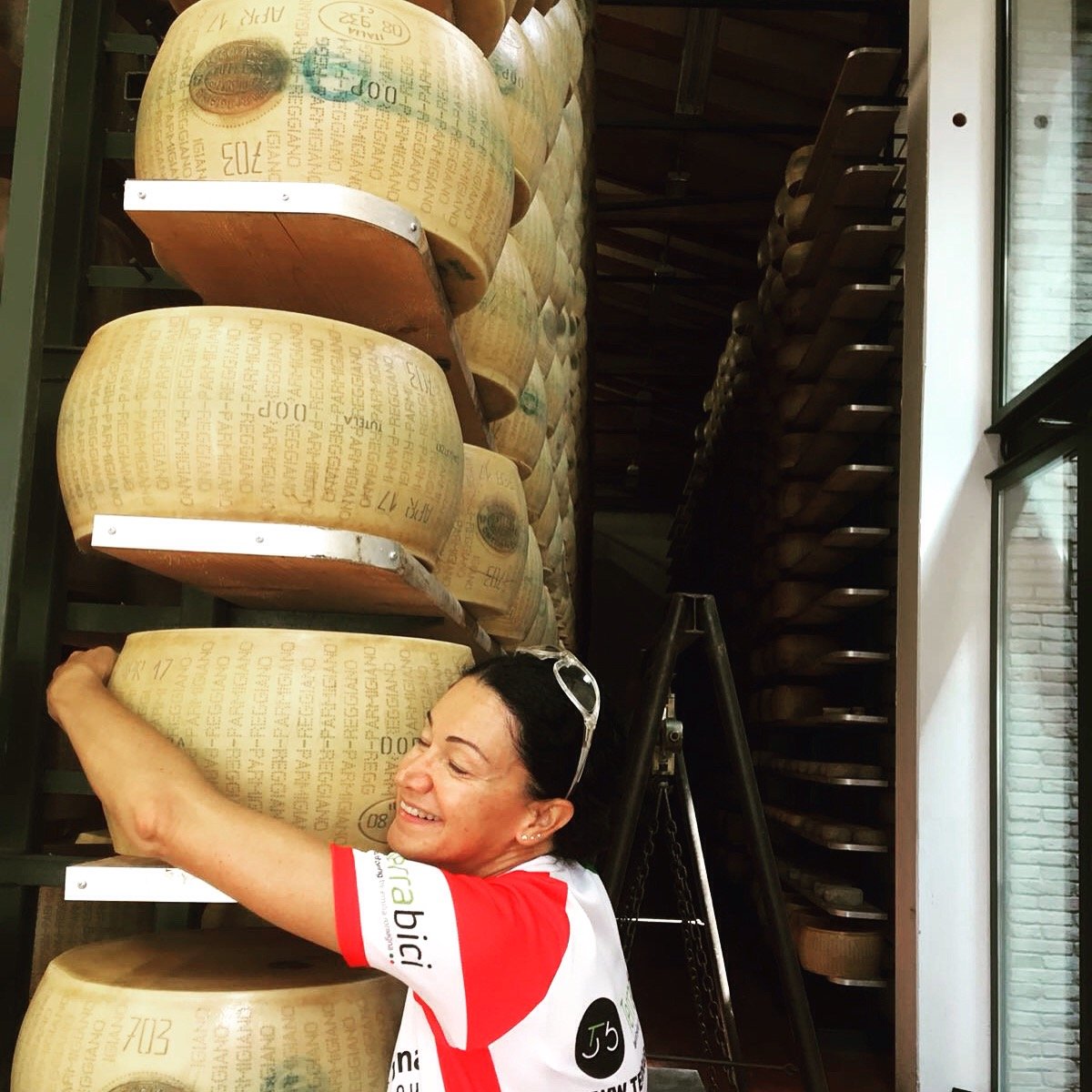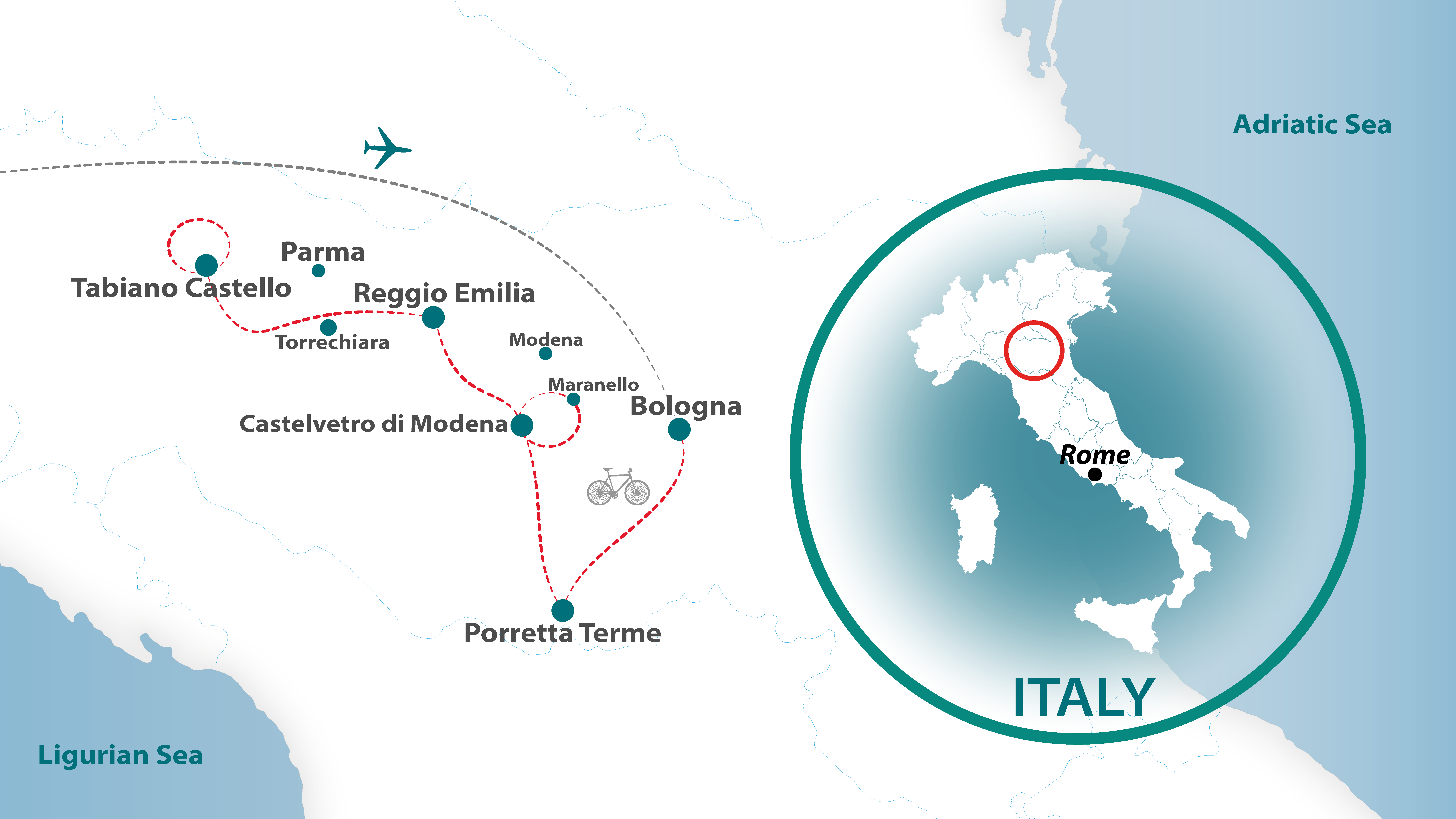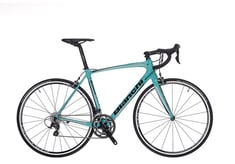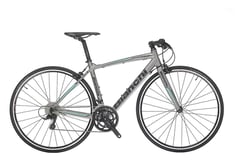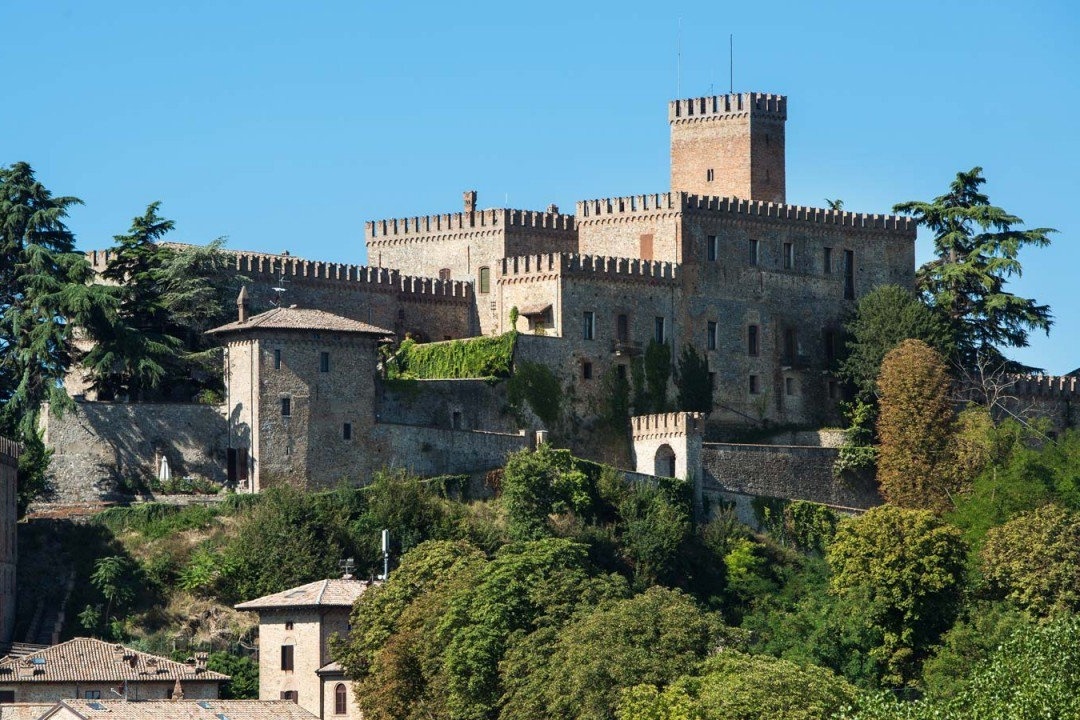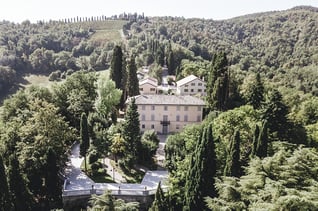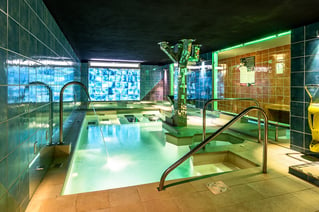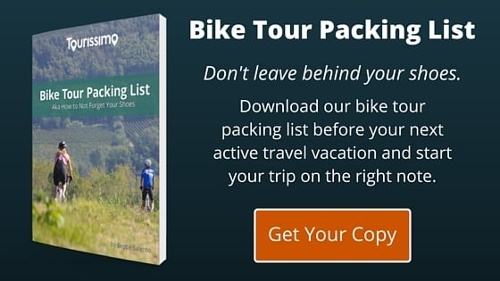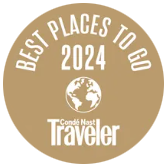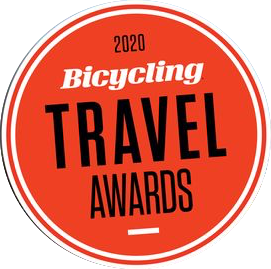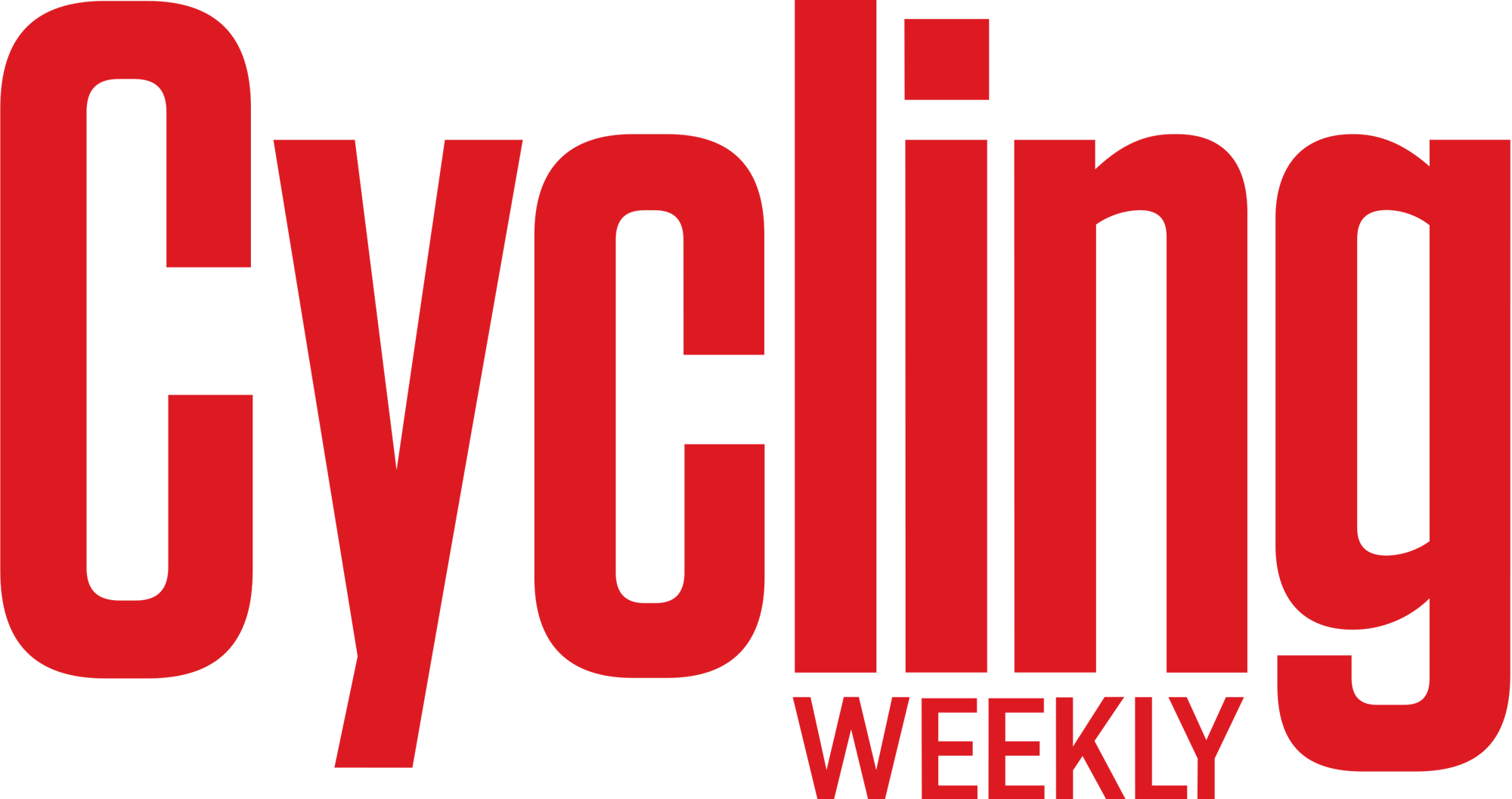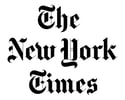Tabiano - Reggio Emilia - 28 or 48 miles - Hilly
After breakfast, we leave the province of Piacenza and enter the province of Parma. The riding is relaxing on mostly secondary roads. This area is known for its cured meats, including Prosciutto di Parma, and of course for the famous Parmigiano-Reggiano, known as the “King of Cheese.” Our lunch in Torrechiara - a site known for its impressive castle - will include these local specialties.
Hilltops dotted with fortresses and castles surround us and hold stories of fascinating people, such as Matilde di Canossa, a powerful feudal ruler of Tuscany.
We’ll end our ride in the countryside of Reggio Emilia in Roncolo, to be precise, and we settle in at the Venturini Baldini Wine Estate. Enjoy the peaceful site and the pool before getting ready for a hands-on cooking experience. Venturini Baldini is one of the most important wine producers in this province (mostly Lambrusco in its several variants - try the rosè) and their hospitality is unparalleled. We are at the very center of the so-called "Food Valley of Italy" and for good reasons. We’ll have the opportunity to work hands-on with the ingredients to make our own pasta. Federica, along with the local chef and all of you will create a memorable dinner. There’s no better place to learn about pasta making and the tradition of "la sfoglia" than in the region of Emilia Romagna!
Dish of the stage: Fresh Pasta


